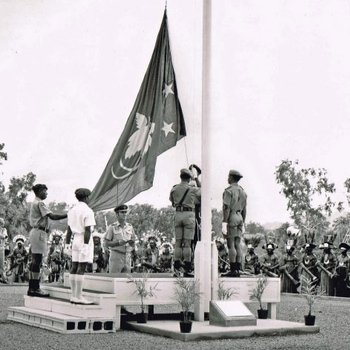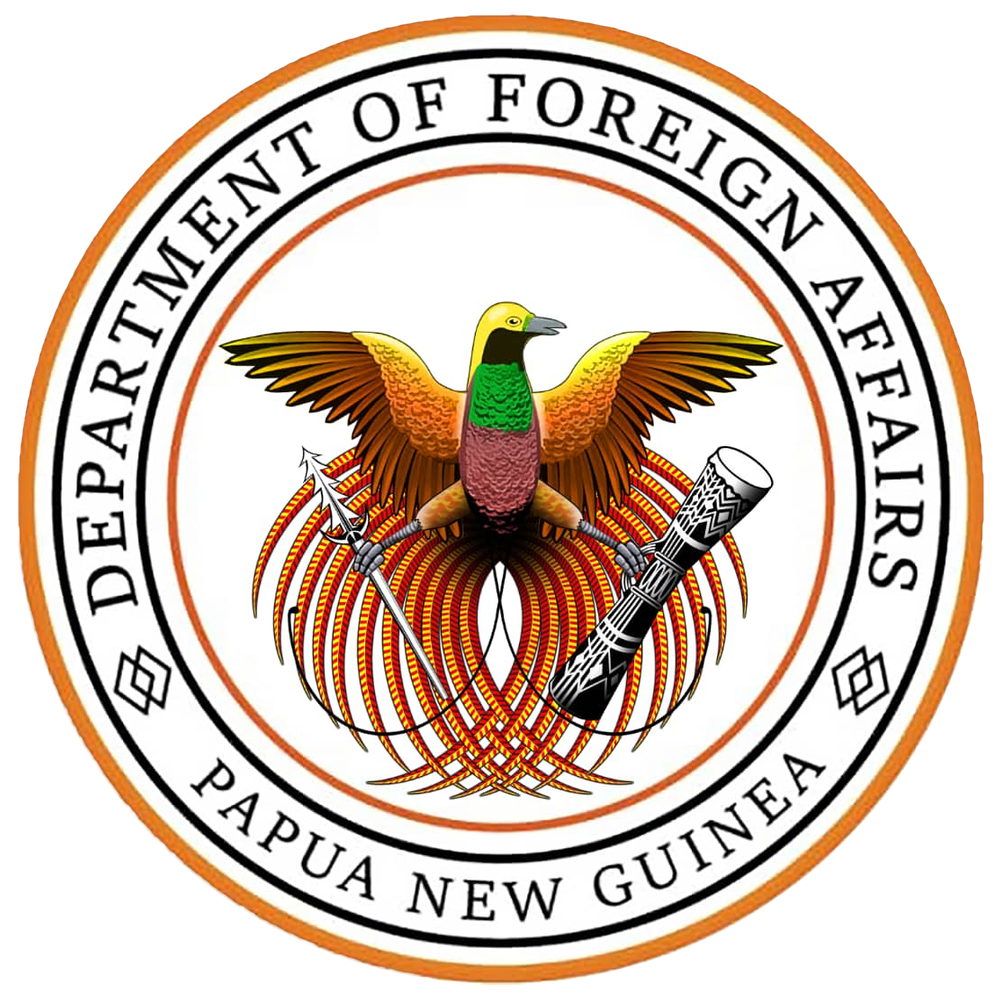About PNG: Decolonisation
The decolonization of Papua New Guinea marked a pivotal period in its history, signifying the end of foreign colonial rule and the emergence of the nation as an independent state. Having been under Australian administration, Papua New Guinea underwent a gradual transition towards self-governance in the post-World War II era, with Australia playing a central role in preparing the region for independence through political reforms and infrastructure development.
After the war, some Australian officials wanted a return to the prewar order, while others wanted to empower the local population in gratitude for their assistance in the fighting. At first the Highlanders were utilized as a massive new source of labour for the coastal plantations. From the 1950s the growing of Arabica coffee by local smallholders spread rapidly throughout much of the Highlands, providing another source of income and keeping the people there in their villages. Meanwhile, cacao was rapidly adopted as a plantation and smallholder crop in the islands and around Madang. Despite the general lack of economic development in Papua, the town of Port Moresby grew rapidly and attracted large numbers of migrants, particularly from the poorer areas and especially the Highlands.
In 1945 Australia combined its administration of Papua and that of the former mandate into the Territory of Papua and New Guinea, which it administered from Canberra via Port Moresby. From 1946 Australia managed the New Guinea (eastern) half as a United Nations trust territory. In the 1950s Australia took a gradualist approach to educating the population and improving health services, but from 1960 international pressure led Australia to expedite efforts to create an educated elite and improve social conditions, boost the economy, and develop political structures in preparation for decolonization.
As Papua New Guinea progressed towards autonomy, unique cases, such as Bougainville, underscored the diverse cultural and political landscapes within the nation. The Bougainville Province sought greater autonomy, leading to the establishment of the North Solomons Provincial Government and the Bougainville Copper Agreement in the 1970s.
The final steps to independence took place in the mid-1970s, with the drafting of a constitution, the establishment of representative institutions, and the holding of elections. On September 16, 1975, Papua New Guinea officially gained independence from Australia, becoming a sovereign nation.
General elections for a House of Assembly were held in 1964, 1968, and 1972; self-government was achieved on December 1, 1973, and full independence from Australia on September 16, 1975. At that time Australian development assistance provided nearly half of the national budget.
Post-independence, Papua New Guinea faced a spectrum of challenges, including nation-building, economic development, and the management of cultural diversity. The Bougainville Civil War in the late 20th century posed additional complexities, testing the resilience of the young nation.
In the 21st century, Papua New Guinea continues to grapple with issues of governance, economic progress, and social cohesion. The legacy of decolonization is reflected in the nation's rich cultural diversity, the ongoing negotiation between tradition and modernity, and its role as an independent player in the global community. Despite persistent challenges, Papua New Guinea's experience of decolonization stands as a unique narrative shaped by historical forces, cultural dynamics, and the aspirations of its people.

